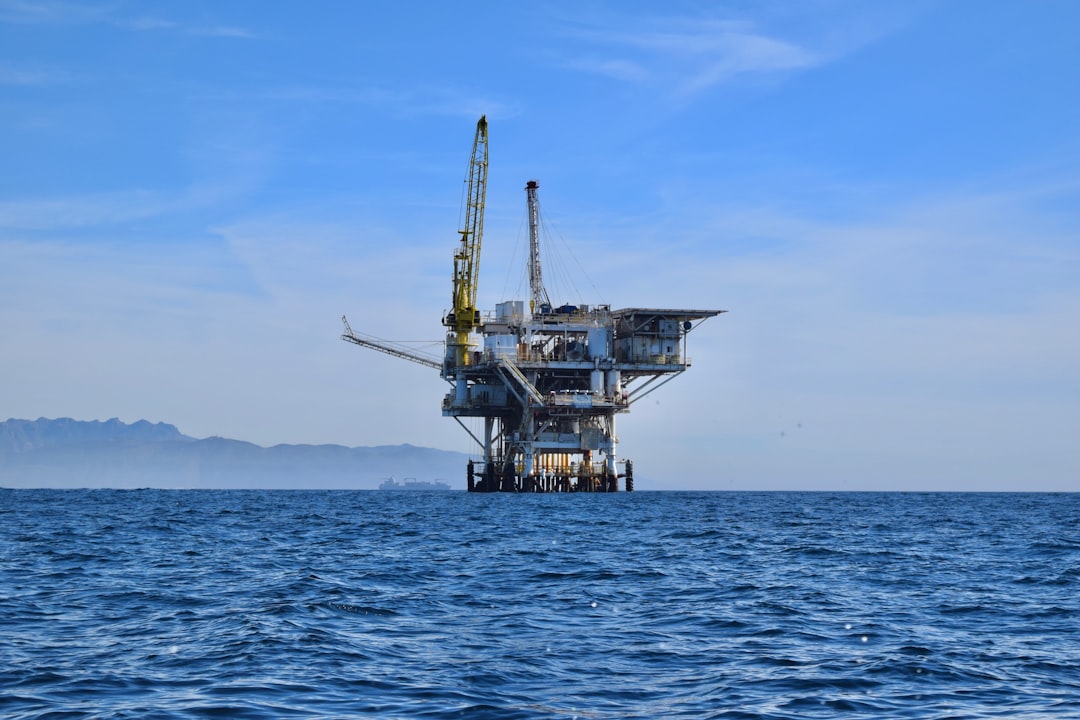What is it about?
Estimating the rapidly changing reflection traveltime shifts in the prestack data domain is extremely challenging but essential for reconstructing the deep subsurface velocity model. We have developed a robust reflection traveltime residual estimation method combining the interpretation of characteristic reflectors in the depth migration section with a modified dynamic programming algorithm to alleviate the cycle-skipping in conventional cross-correlation-based estimation methods.
Featured Image

Photo by Jan Brennenstuhl on Unsplash
Why is it important?
On the premise of accurate estimation of reflection traveltime shifts, wave-equation reflection can stably recover the deep subsurface velocity model. We found that the proposed reflection traveltime shifts estimation and velocity model building workflow is robust and practical when applied to field data sets.
Perspectives
In recent years, we have been committed to using the reflected wave information in seismic data to recover the subsurface model parameters, especially for the deep subsurface. This paper describes a novel way to stably estimate reflection traveltime residuals, even though the signal-to-noise ratio of the data is low. I hope to give the geophysicist some inspirations.
Yilin Wang
Tongji University
Read the Original
This page is a summary of: Characteristic reflector-based wave equation reflection traveltime inversion, Geophysics, February 2023, Society of Exploration Geophysicists,
DOI: 10.1190/geo2022-0502.1.
You can read the full text:
Contributors
The following have contributed to this page










